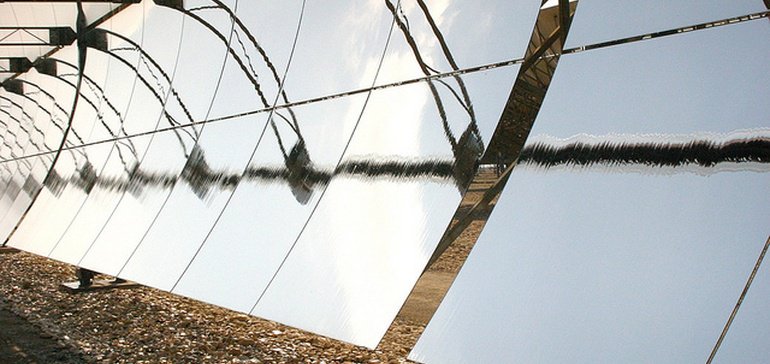
A leading developer of thermal energy storage solutions has completed a measurement and verification study at a customer’s refrigerated warehouse, and boasts that its cooling system slashed the facility’s peak demand and consumption, while maintaining more consistent temperatures.
Viking Cold Solutions installed its “Thermal Energy Storage” (TES) technology in a 93,000 square-foot frozen food distribution center in Richmond, Calif., where peak period consumption and demand charges accounted for nearly 50% of annual energy costs. The system lowered peak refrigeration load by 29% for 13 hours each day.
While batteries get the most attention when it comes to energy storage, there is a growing interest in thermal energy storage, particularly in use cases that require large amounts of cooling.
Ice storage has largely proven its worth, with projects utilizing cheaper energy to freeze a solution that can be later used for cooling during times of peak demand.
Viking’s test at the Dreisbach Enterprises’ frozen food distribution center showed a significant drop in weekly energy use and an even greater drop in peak refrigeration load.
In a sign of the increasing interest in thermal energy storage, last year, Massachusetts tapped Genbright and Ice Energy for a $1.5 million grant to utilize thermal energy storage at residential sites, and for peak demand reductions. In California, Ice Energy and NRG Energy partnered on 1,800 Ice Bear 30 storage solutions to commercial and industrial buildings in Orange County, Calif., as part of Southern California Edison’s storage procurement efforts.
Viking’s system is a bit different, it says, utilizing a phase change material that it describes as “a substance with
a high latent heat of fusion which remains near a constant temperature while storing and releasing large amounts of energy.”
Transitioning from solid to liquid, Viking says the phase change material “absorbs up to 85% of heat infiltration and maintains more stable temperatures to better protect food product.”
The result at the Dreisbach Enterprises’ frozen food distribution center was a 20% decrease in weekday energy use, which the M&V report said was countered somewhat by a 5% increase in off-peak weekend consumption, in order to fully recharge the TES.
The net result, Viking’s study concluded, was a 13% reduction of energy consumption for the entire facility each week. More importantly, the TES lowered peak refrigeration load by 251 kW, a 29% reduction for 13 hours each day.
The study “demonstrates that cold storage operators can safely reduce energy costs and utilities can significantly lower demand on the electrical grid during peak periods to defer costly infrastructure investments,” Collin Coker, vice president of sales at Viking, said in a statement.
Viking said it is now in talks to deploy additional TES technology Dreisbach Enterprises facilities.
